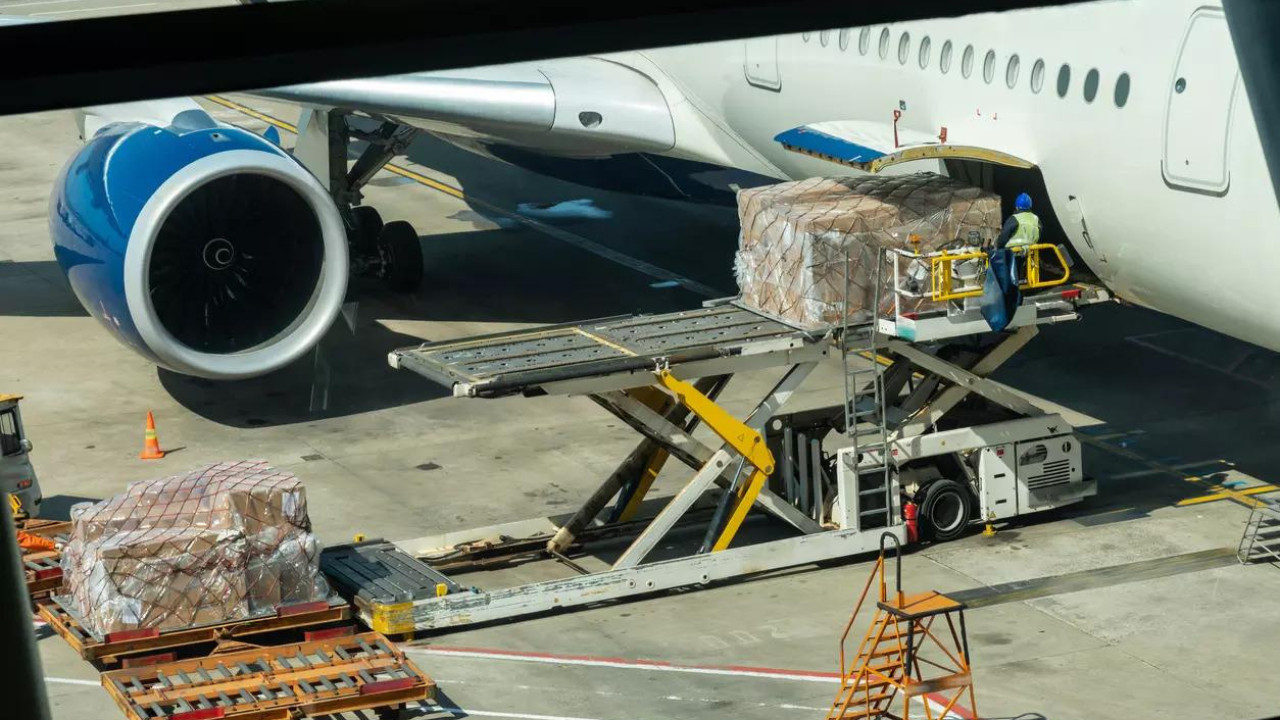US President Donald Trump has signaled a potential shift in trade strategy, suggesting a baseline tariff of 15% for most nations, potentially reaching 50% for countries with strained relations. This move marks a departure from pursuing individual trade agreements, with Trump indicating tariff letters as completed deals.
The Trump Trade Tightrope: Will a 15% Tariff Floor Reshape Global Commerce?
Donald Trump’s name is once again synonymous with shaking up the international trade order. The former US President, never one to shy away from bold pronouncements, has signaled a potential new strategy: a minimum 15% tariff on all imports into the United States. Forget incremental adjustments; Trump’s talking about a floor, a base level designed to reshape how goods flow into the world’s largest economy. What ripple effects could such a monumental shift unleash?
A 15% Tariff Floor: Protectionism or Economic Judo?
The underlying philosophy is classic Trump: “America First.” The argument, as before, centers on protecting American jobs and incentivizing domestic production. By making imported goods more expensive, the thinking goes, US manufacturers gain a competitive advantage. Consumers might initially balk at higher prices, but the long-term goal, according to proponents, is a revitalized American industrial base and a stronger economy. This echoes Trump’s long-held belief that aggressive trade tactics are necessary to level the playing field, battling what he perceives as unfair trade practices by other nations.
However, the reality is far more nuanced. A blanket 15% tariff could trigger a cascade of retaliatory measures from other countries. Imagine Canada, Mexico, the EU, and China slapping reciprocal tariffs on US exports. American businesses that rely on global supply chains – practically every major manufacturer – could face significant cost increases, potentially offsetting any benefits from reduced import competition.

The Impact on Consumers and Businesses
The immediate impact on consumers is perhaps the most easily visualized: higher prices on everything from electronics to clothing. While some argue that American companies will step in to fill the void left by pricier imports, that transition takes time and investment. During that period, consumers will likely bear the brunt of the increased costs. Lower income households, in particular, could feel a significant pinch.
For businesses, the picture is complex. Domestic manufacturers might see a boost in demand, but those that rely on imported components could face crippling cost increases. Small and medium-sized enterprises (SMEs), often lacking the resources to navigate complex trade regulations and supply chain disruptions, could be particularly vulnerable. The ripple effects could extend to employment, with some sectors potentially adding jobs while others shed them.
Global Trade Implications and Potential Retaliation
The biggest question is how the rest of the world will respond. A 15% tariff floor from the US, the world’s largest importer, would be a major affront to the established global trade system. Expecting other nations to simply absorb the hit is unrealistic. Retaliatory tariffs are a near certainty, potentially igniting a full-blown trade war.
Such a scenario would disrupt global supply chains, stifle economic growth, and increase uncertainty for businesses worldwide. International organizations like the World Trade Organization (WTO), already facing challenges, would be further weakened. The resulting chaos could destabilize the global economy and potentially lead to a period of prolonged economic stagnation.
Alternative Approaches to Fair Trade
While addressing unfair trade practices is a legitimate concern, a blunt instrument like a 15% tariff floor might not be the most effective solution. More targeted approaches, such as focusing on specific industries or countries with demonstrably unfair practices, could be less disruptive. Negotiating bilateral or multilateral trade agreements that address specific concerns, such as intellectual property protection or currency manipulation, could also be more effective in the long run. Investing in American education and infrastructure to enhance competitiveness might also be a strategy. What about easing up on regulations that hamper business growth, and then working towards global tax standards? There are many approaches to ensuring that the United States remains competitive in the global market.
The idea of a 15% tariff floor throws a spotlight on the ongoing debate about the future of global trade. While the stated goal is to protect American jobs and revitalize the economy, the potential consequences – retaliatory tariffs, higher consumer prices, and global economic instability – are significant. Whether this aggressive approach will ultimately benefit the United States remains to be seen. The global economy is a complex, interconnected system. While the appeal of a quick fix is undeniable, a more nuanced, collaborative approach to trade policy may be essential for long-term prosperity.
[Internal link to an article on supply chain resilience]







